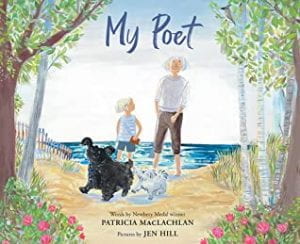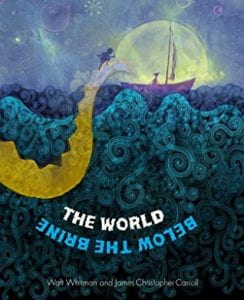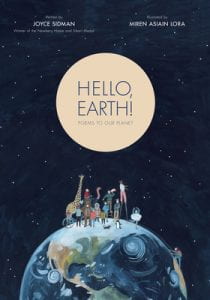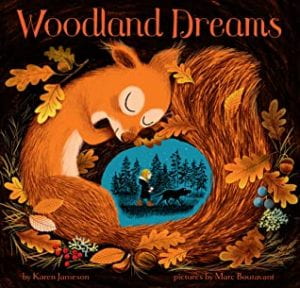 MacLachlan, Patricia. My Poet. Illustrated by Jen Hill. Harper Collins, 2022. 978-0-062-97114-2. $17.99. 32 p. Grades K-5.
MacLachlan, Patricia. My Poet. Illustrated by Jen Hill. Harper Collins, 2022. 978-0-062-97114-2. $17.99. 32 p. Grades K-5.
The recently deceased master of subtle writing, Patricia MacLachlan, bears tribute to the late poet, Mary Oliver in My Poet. Though Oliver remains unnamed throughout the picture book, the comparison to her is undeniable. For most of her adult life, Oliver resided in Cape Cod; MacLachlan, too, was a citizen of Massachusetts and reports that she had a passing acquaintance with the poet. Covering a span of one day, a young girl, Lily, meets the poet she dubs “my poet” at a farmer’s market, and the two explore the woods and seashore and enjoy different animals together. As Lily searches to develop her writing style, the mentor poet guides her to inspirational scenes of nature. Jen Hill’s loosely drawn illustrations evoke the spray of saltwater, the busyness of the farmer’s market, the secrecy of the woods. “My poet” encourages Lily in her pursuit of the “just right” words to compose her poem and Hill’s illustrations are in perfect concert with MacLachlan’s lyrical prose. Used as a mentor text to encourage creative writing or as a calming read aloud, this nuanced book speaks to the sensitive child. Lily’s use of a notebook walking through the woods imitates Mary Oliver’s favorite pastime as a child growing up in Ohio: to escape a tumultuous home life, she would spend as much time as possible outdoors, jotting down poetry in her own notebook, even hiding pencils in tree trunks.
THOUGHTS: I don’t know if I am enraptured by this book because I appreciate the understated prose of Patricia MacLachlan or because I am in awe of the paradoxically gentle yet powerful poetry of Mary Oliver. Either way, the prose offers many openings into discussion of Oliver’s poems (she wrote of fish playing with her toes and a whole volume devoted to her beloved dogs). Even without the mention of Oliver, the book pursues the work of writing for young children or as a mentor text for older ones. The illustrations remind me of Allan Drummond (Green City) are a refreshing fit for the words.
Poetry Bernadette Cooke, School District of Philadelphia
Juvenile Fiction



